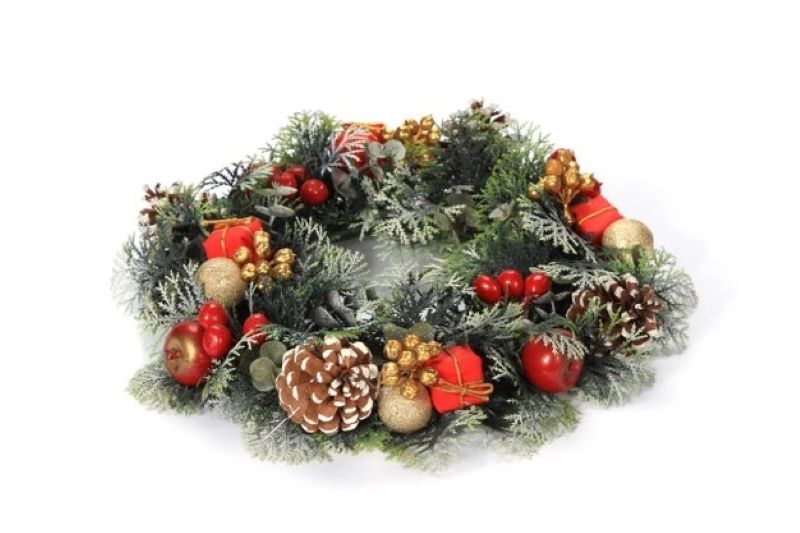As the holiday season draws near, people start decking their halls with festive decor, including the beloved Christmas garlands that adorn fireplaces, staircases, and doorways. These decorative pieces have become synonymous with the season, and many families look forward to the tradition of putting them up year after year. Among the different types of Christmas garlands, artificial varieties have gained immense popularity for their convenience and beauty. But do you know about the fascinating history and origins of these timeless adornments?
Early Beginnings
Garlands themselves have been used since ancient times as decorative elements, symbolizing various meanings in different cultures. The ancient Greeks and Romans, for instance, hung ivy or laurel wreaths, which were awarded to esteemed persons to commemorate achievements. The Druids in Britain and Ireland also used evergreen boughs to decorate their homes during the winter solstice, which marked the return of the sun. These boughs were believed to ward off evil spirits.
In Christian culture, the circular shape of the wreath symbolizes the eternal love of God, while the evergreen foliage signifies the hope of eternal life. The wreath later gave rise to the more complex Christmas garlands, which came to represent the festive spirit and joy of the holiday season.
Artificial Garlands Enter the Scene
The use of artificial decorations for Christmas has a relatively recent history, dating back to the 19th century. The first artificial Christmas trees, made of wire, goose feathers, and dyed green, were first produced in Germany in the 1880s. These soon became popular in the United States as well, as they allowed families a more convenient way of celebrating the holiday without the mess of traditional trees.
Similarly, the production of artificial Christmas garlands took off around the same time, as manufacturers began producing them in various materials like tinsel, paper, and plastic. These artificial garlands quickly grew in popularity, as they were easier to manage, safer, and more durable than their natural counterparts. Additionally, artificial garlands allowed for a greater variety of glittery designs and shapes, offering endless decorative possibilities.
Modern-day Artificial Garlands
Today, artificial Christmas garlands continue to capture the holiday spirit while offering convenience, durability, and beauty. They come in various lengths, textures, and colors, designed to fit every decorative need. Some of the most popular types include pine, spruce, and fir garlands, which mimic the natural look of these trees.
Decorating with artificial Christmas garlands is an effortless way to add a touch of holiday cheer to any space. They can be hung on walls, wrapped around banisters, draped over fireplace mantels or arranged in wreaths. Apart from traditional styles, there are also countless whimsical and quirky designs available now, adding more fun to the holiday decor.
In Conclusion
Over the centuries, Christmas garlands have evolved to reflect the culture, beliefs, and creative influences of their times. The invention of artificial garlands and Christmas trees in the 19th century was a game-changer, allowing for greater convenience and diversity in holiday decoration. However, the timeless charm of these holiday adornments lies in their simplicity and ability to bring joy, warmth, and beauty to any space. Whether made of natural or artificial materials, garlands remain an integral part of the holiday traditions, connecting us to the past while reminding us of hope, peace, and love.
